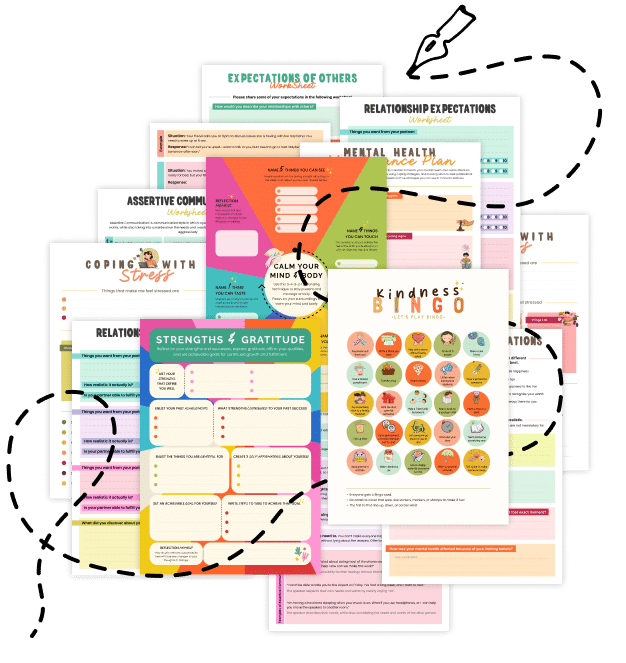20 Things You Should Know About Obsidian Thinking
Discover Obsidian Thinking—a method of layered, interconnected note-taking that helps map out complex ideas. Explore 20 insights to boost your personal knowledge management and creativity.
1. What Is Obsidian Thinking?
Obsidian Thinking is a technique for organizing and synthesizing complex ideas through layered, interconnected notes. It takes inspiration from tools like the Obsidian note-taking app, where your thoughts form a dynamic, networked “second brain.”
2. A Modern Approach to Note-Taking
Rather than linear note-taking, Obsidian Thinking emphasizes non-linear connections. You create nodes of ideas and link them together, reflecting how real-world concepts interrelate.
3. Mapping Complex Ideas
By breaking down subjects into smaller, linked components, you can visualize relationships, identify gaps, and develop deeper insights into intricate topics.
4. The Power of Linking
Central to Obsidian Thinking is the idea of bidirectional linking. When you connect notes, you build a web of knowledge that can be easily navigated, searched, and expanded over time.
5. Enhancing Creativity
Creating a network of ideas encourages lateral thinking. The more connections you form, the more likely you are to generate unexpected insights or “aha” moments.
6. It’s More Than Just Software
Although named after the popular note-taking app Obsidian, the concept isn’t limited to digital tools. The principles can be applied to any system of layered, interconnected note-taking.
7. Building a “Second Brain”
Obsidian Thinking is a key component of personal knowledge management. By externalizing your thoughts, you create a repository that helps free up mental space and improve recall.
8. Overcoming Information Overload
Linking and organizing notes can help combat information overload. Instead of a chaotic pile of notes, you have a structured network that lets you retrieve and integrate information more effectively.
9. Iterative Learning Process
As you revisit and update your notes, you reinforce learning and encourage memory reconsolidation. Your ideas evolve over time, leading to continuous improvement.
10. Common Misconception: Too Tech-Heavy
Some assume Obsidian Thinking requires complex software or technical skills. In reality, it’s about the mindset of connecting ideas—even a simple notebook system can embody these principles.
11. Flexibility and Adaptability
This method is adaptable to various fields—whether you’re a student, researcher, writer, or entrepreneur. It helps you manage projects, learn new subjects, or brainstorm creative ideas.
12. Visualizing Your Network
Many tools (like Obsidian or even mind-mapping software) provide a graph view of your notes. This visual representation helps you see connections at a glance and spot clusters of related ideas.
13. Encouraging Active Recall
Linking notes forces you to revisit and actively recall information, which strengthens your memory and understanding of the subject.
14. Integrating Multiple Modalities
Obsidian Thinking isn’t limited to text. You can incorporate images, sketches, and even audio snippets to enrich your notes, making them more memorable and engaging.
15. Embracing Imperfection
Your note network doesn’t have to be perfect from the start. Obsidian Thinking is an iterative process—it grows and refines itself over time as you add new insights and revise old ones.
16. Boosting Productivity
A well-organized network of notes can save time by making it easier to find and build upon previous work. This efficiency can lead to improved productivity and faster project completion.
17. Reducing Mental Clutter
By offloading your ideas into a structured system, you reduce the cognitive load on your brain. This “external brain” helps keep your thoughts organized and accessible.
18. Collaborative Potential
Sharing parts of your note network with colleagues or peers can foster collaborative learning. It invites feedback and new perspectives, enriching the overall knowledge base.
19. Tailor It to Your Style
Not every note needs a link, and not every idea requires extensive detail. Adapt the system to suit your personal style—whether that means minimalist bullet points or elaborate narrative entries.
20. Related Topics to Explore
- Zettelkasten Method: A similar note-taking system focused on atomic, interconnected ideas.
- Personal Knowledge Management: Strategies to manage and utilize your accumulated information effectively.
- Mind Mapping: Visual techniques for brainstorming and organizing thoughts.
- Memory Reconsolidation: How revisiting and updating information reinforces learning.
- Cognitive Load Theory: Balancing the mental resources needed for different tasks.
Quick Tips for Practicing Obsidian Thinking
- Start Simple: Begin with a few key notes and gradually build your network as new ideas emerge.
- Link Regularly: Make it a habit to create links between related notes. Over time, you’ll see a rich web of interconnected ideas.
- Review Often: Periodically revisit your notes to reinforce learning and update outdated information.
- Visualize: Use graph views or mind maps to see the big picture of your knowledge network.
- Stay Flexible: Allow your system to evolve—don’t be afraid to reorganize or discard notes that no longer serve you.
Obsidian Thinking is more than just a digital note-taking strategy—it’s a way to harness the power of interconnected ideas to boost creativity, clarity, and long-term learning. By building a structured network of your thoughts, you create a “second brain” that supports everything from daily tasks to big projects. Embrace the process, and over time, you may find that your insights become deeper and your ideas more seamlessly connected.
Share this article with anyone looking to revolutionize their approach to note-taking and personal knowledge management. You might just spark a new way of thinking that transforms how they work and learn!
Need a Professional Workbook Design Service?
From worksheets to activities, discover thoughtfully designed tools to support your mental health journey.

